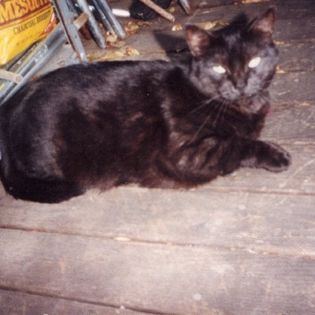In writing fiction, your character’s strengths and weaknesses determine the story’s trajectory, conflict and emotion.
Writing Tip for Today: Here are some ways to identify and then utilize your character’s strengths and weaknesses:
Your Character’s Story
Place any character into the point-of-view role and you’ll likely have different versions of a story. Your main character’s strengths and weaknesses determine how a plot unfolds. I find it helpful to know my character’s main character qualities.
These qualities might include: honesty and loyalty, but also qualities such as generosity, open-mindedness and vulnerability. Readers especially relate to characters who are vulnerable and teachable—although they may not show these things at first. Another good quality for any character is a kind of unselfish concern for others. This helps readers feel as if they want to know and follow this person on their story journey.
Of course you must find ways to show these qualities rather than simply tell readers. A famous example might be a character who goes around taping nickels to expired parking meters—even though the story isn’t about traffic laws. As you build scenes, look for ways to subtly remind readers of your character’s qualities. These will influence both what your readers expect and how the story unfolds.
Your Character’s Conflicts
To find out more about your character’s strong points and weak points, you must understand how that person reacts to any number of situations. Is your character the quiet type who internalizes these reactions? Depending upon the plot, an introvert could help build a quiet tension (a strength) or simply make that character seem flat or shallow.
A loud and aggressive character might have either a strength or a liability too. A demonstrative character can be a larger-than-life person who fascinates readers with a “what will he do next?’ strength. Yet if these action scenes are not built up in a logical way, that same character might appear boorish and annoying.
Reactions can be important, as in the gap between an event and the next decision that character makes. As I’ve written before, scenes unfold where action happens, the POV character reacts, is faced with a dilemma (what now?) and then decides on the next move. This react-dilemma-decision is called sequel and is woven in and among the actions of a scene.

Great fiction balances feelings with motivation.
Your Character’s Feels
Great fiction balances feelings with motivation. If you understand your character’s motivations for pursuing the story goal, you can more easily show emotion as the story unfolds. A character who is too stoic (weakness) will seem aloof and flat. A character who cries too much will tire readers. Strive for strength in emotions, allowing them to build as the tension builds.
Emotions can also be a strength if you use a technique called micro-tension. This means you imbue your scenes with tiny emotional reactions, a small mystery or the character wondering about a small event. Body language, interior thought and gestures can give readers subtle clues as to what your character feels. Be careful not to be too obvious, or that strength can drain away into weakness. A second way is to allow your character to react in the opposite way readers expect.
Character strengths are qualities which make readers want to know more, follow and find out what happens to this character. Weaknesses can also hook readers if you write them in ways readers identify with and see change over the story’s arc. The secret is in knowing your character’s likes, dislikes, past traumas and motives and how your character interacts with life.





